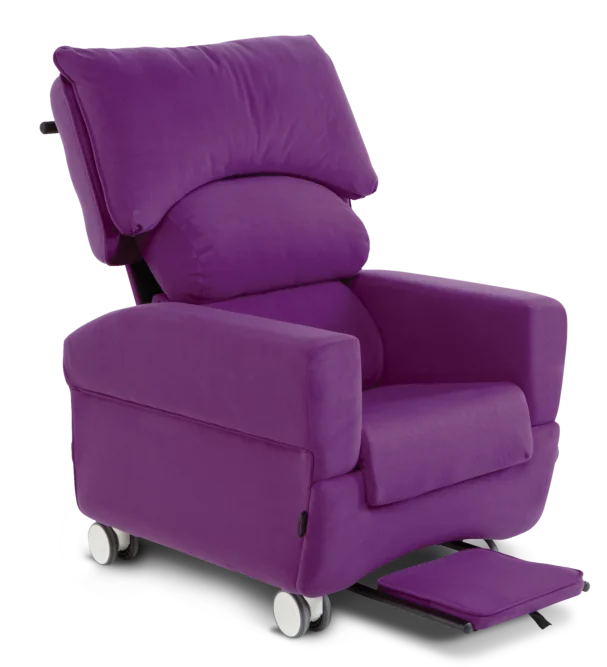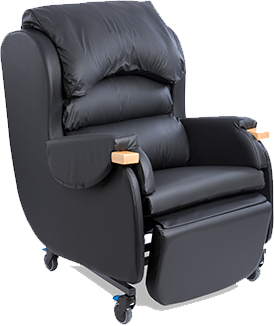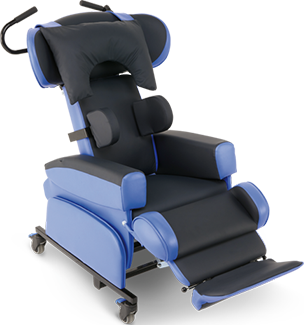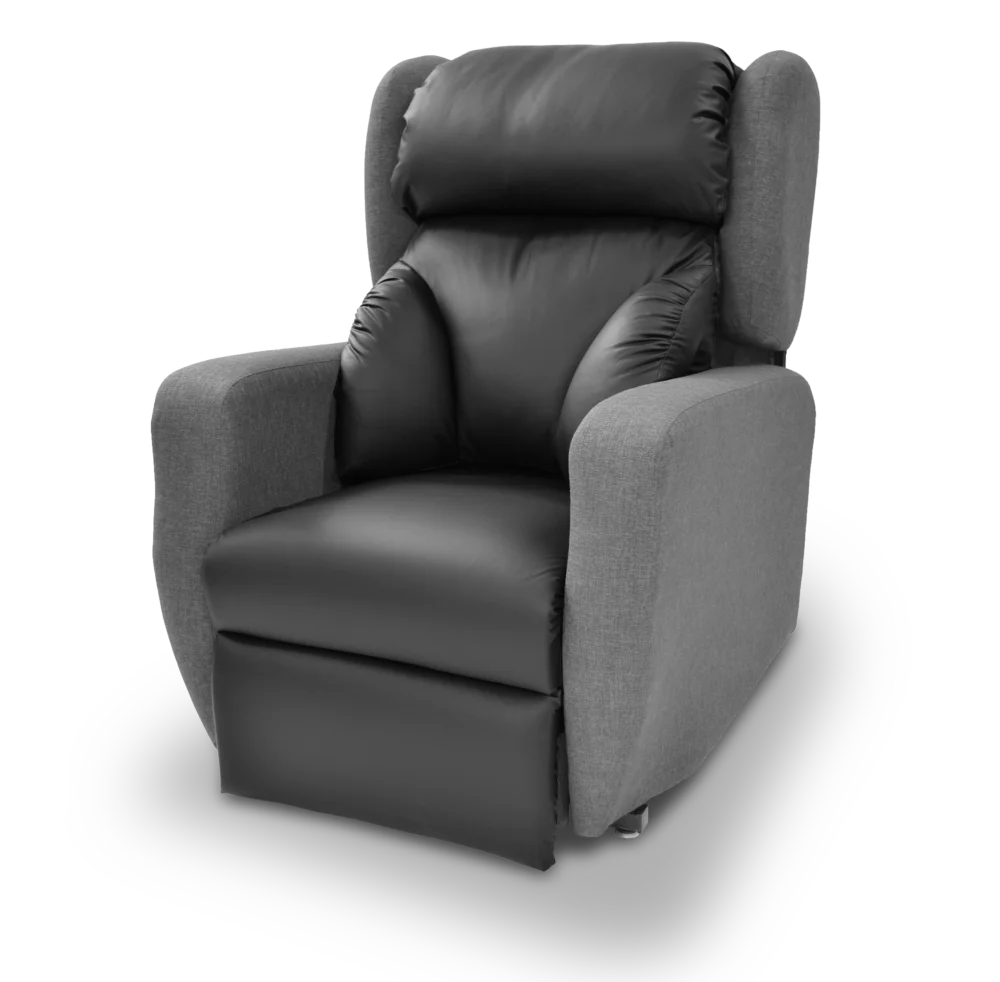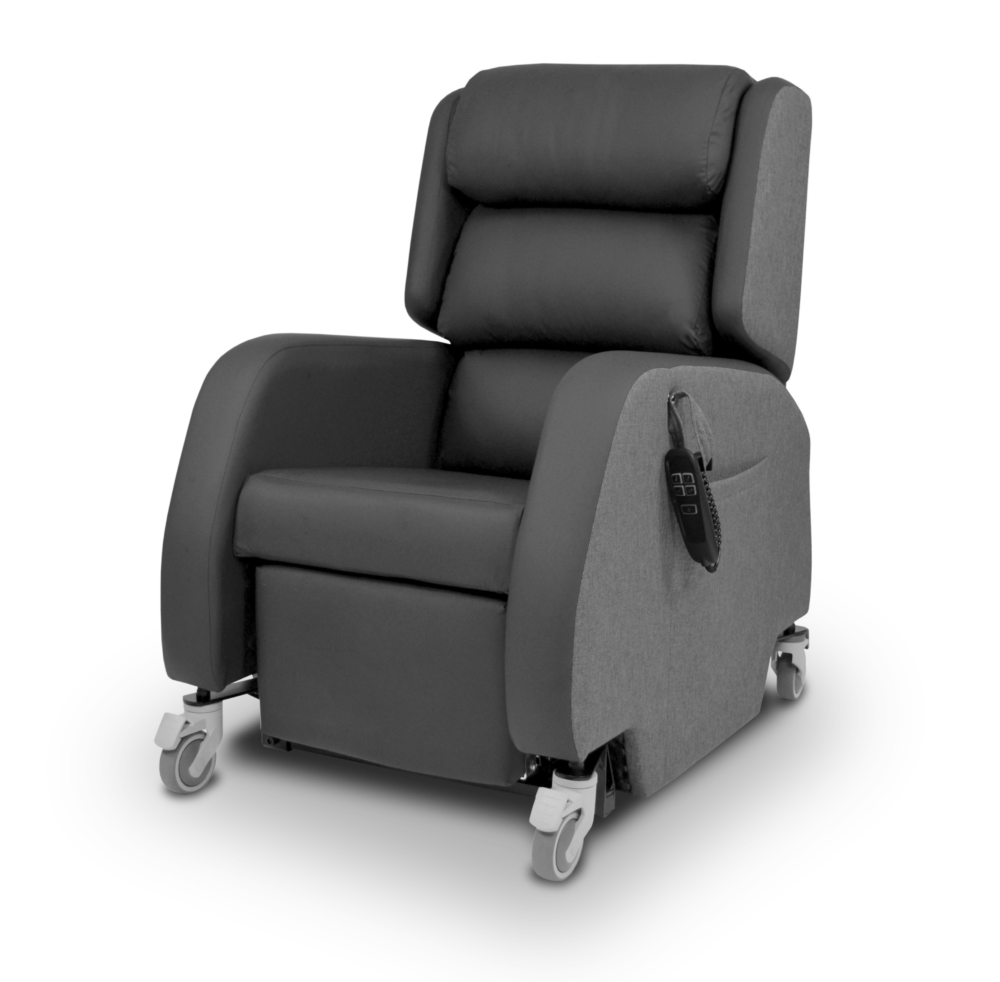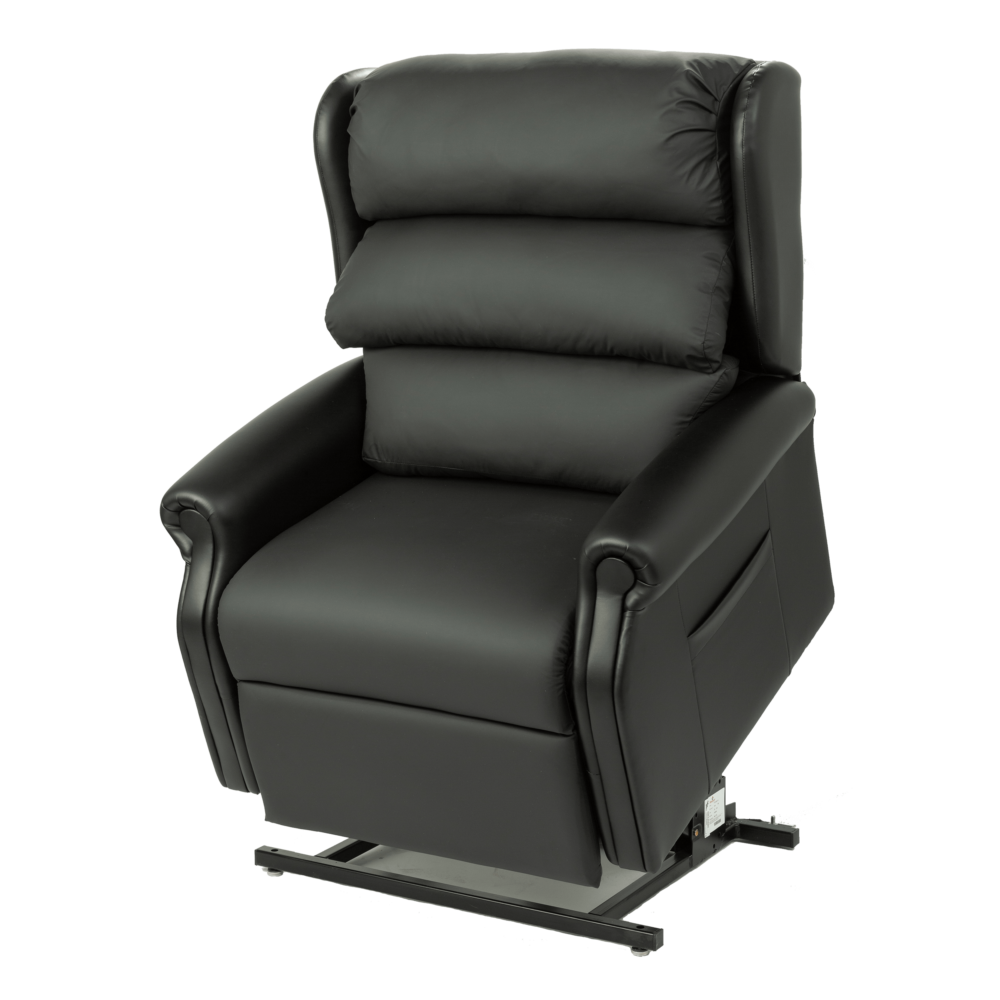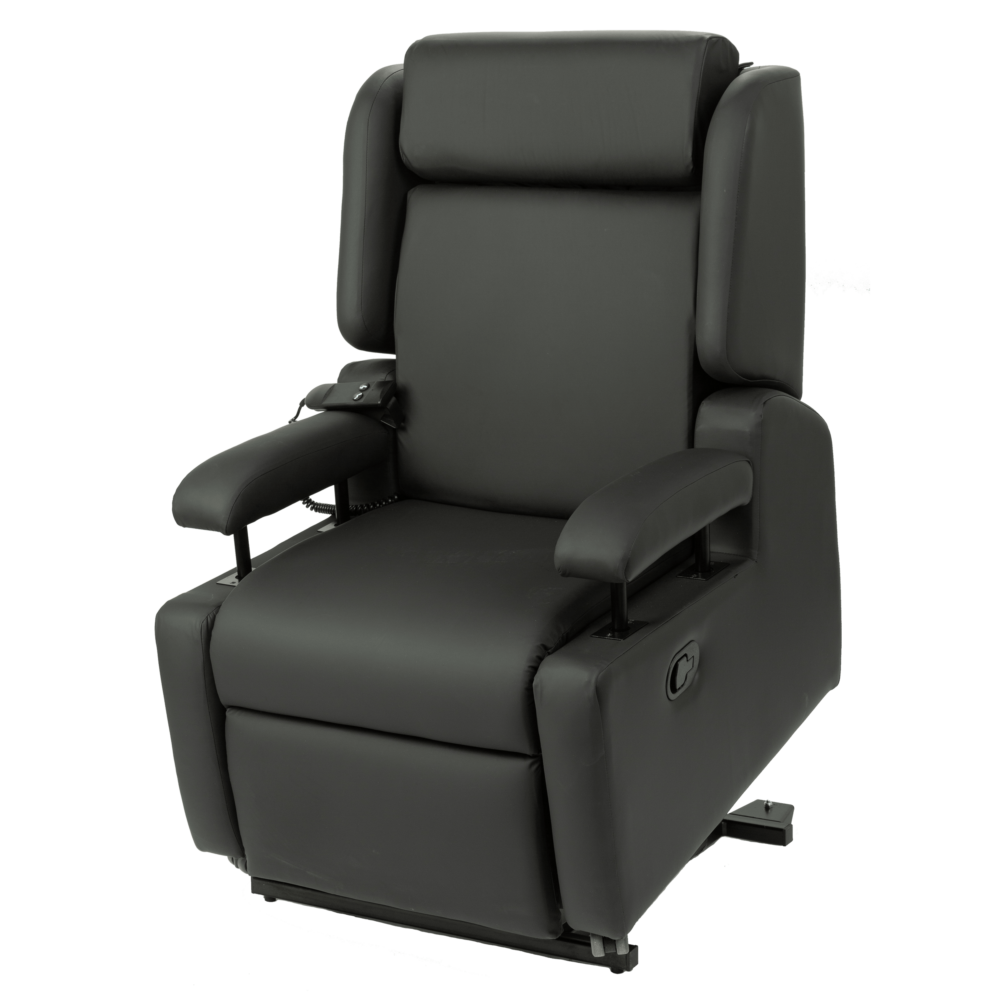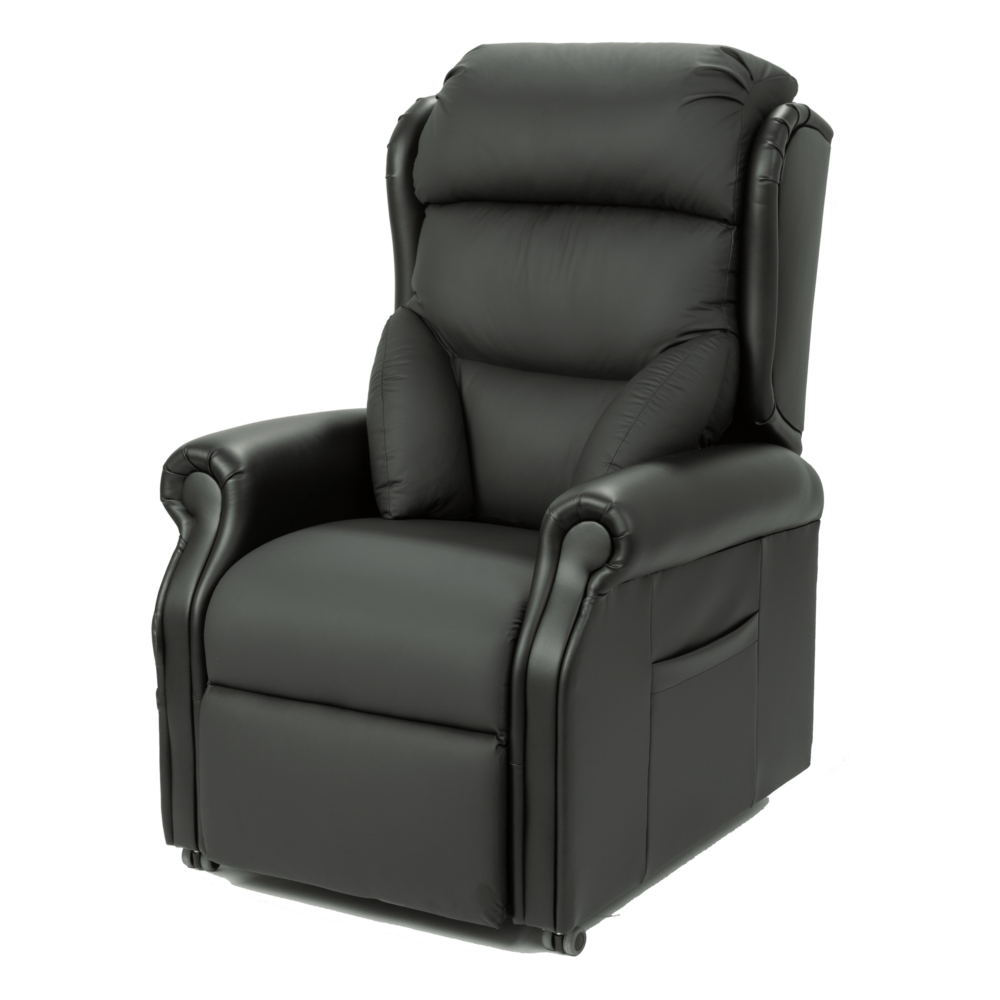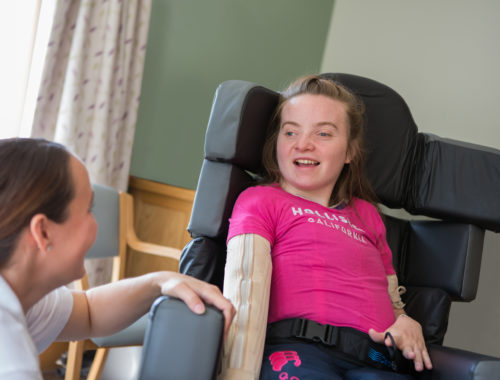11. Seating Prescription – Pelvic Stability
A good stable sitting posture, especially one that promotes postural alignment and control, is a critical requirement for function. Use of the upper limbs is vital to the successful performance of tasks and participation in activities of daily living1. Freedom of movement in the upper limbs is achieved through effective stabilisation of the pelvis and trunk2, which can be achieved with the correct seating system. Specialist seating and the way in which it is set-up can also reduce the influence of abnormal tone and reflexes3,4, consequently encouraging normal movement.
This video introduces the common pelvic postural challenges and some of their causes, and discusses the main management options for pelvic instability. Watch our videos Bony Landmarks – The Pelvis and Objective Assessment – Postural Control and Pelvic Stability for further information.
Visit our Health section to read more about postural challenges and how to address them with our range of specialist seating products. You can also read our blog on tilt-in-space or visit our Posture Management section for further information on how specialist seating can help.
References:
- McClenaghan BA, Thombs L, Milner M (1992) Effects of seat-surface inclination on postural stability and function of the upper extremities of children with cerebral palsy Developmental Medicine and Child Neurology 34:40-48
- Green EM, Nelham RL (1991) Development of sitting ability, assessment of children with a motor handicap and prescription of appropriate seating systems Prosthetics and Orthotics International 15:203-216
- Nwaobi OM, Brubaker CE, Cusick B, Sussman MD (1983) Electromyographic investigation of extensor activity in cerebral-palsied children in different seating positions Developmental Medicine and Child Neurology 25:175-183
- Bergen A, Presperin J, Tallman T (1990) Positioning for Function: The Wheelchair and Other Assistive Technologies New York: Valhalla Rehabilitation Publications Ltd.
Disclaimer: Ensure the assessment and prescription is completed by an experienced and qualified professional who has the competence and confidence required. Or contact us to book a free no-obligation assessment with our own seating assessors.

